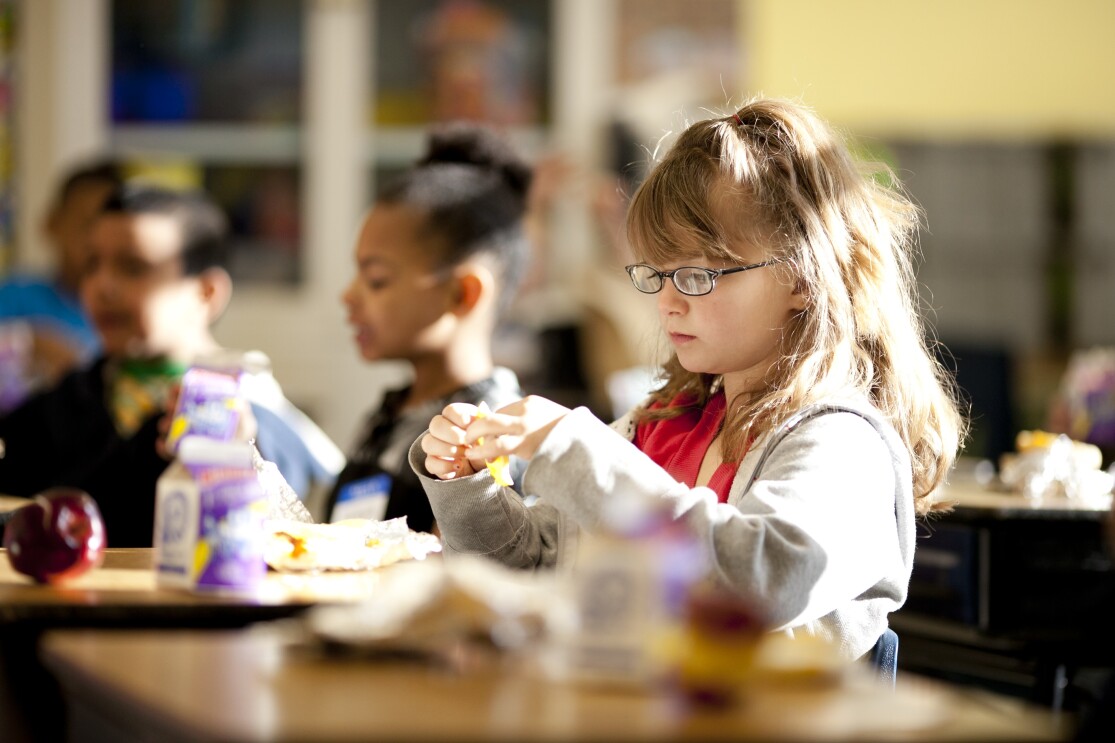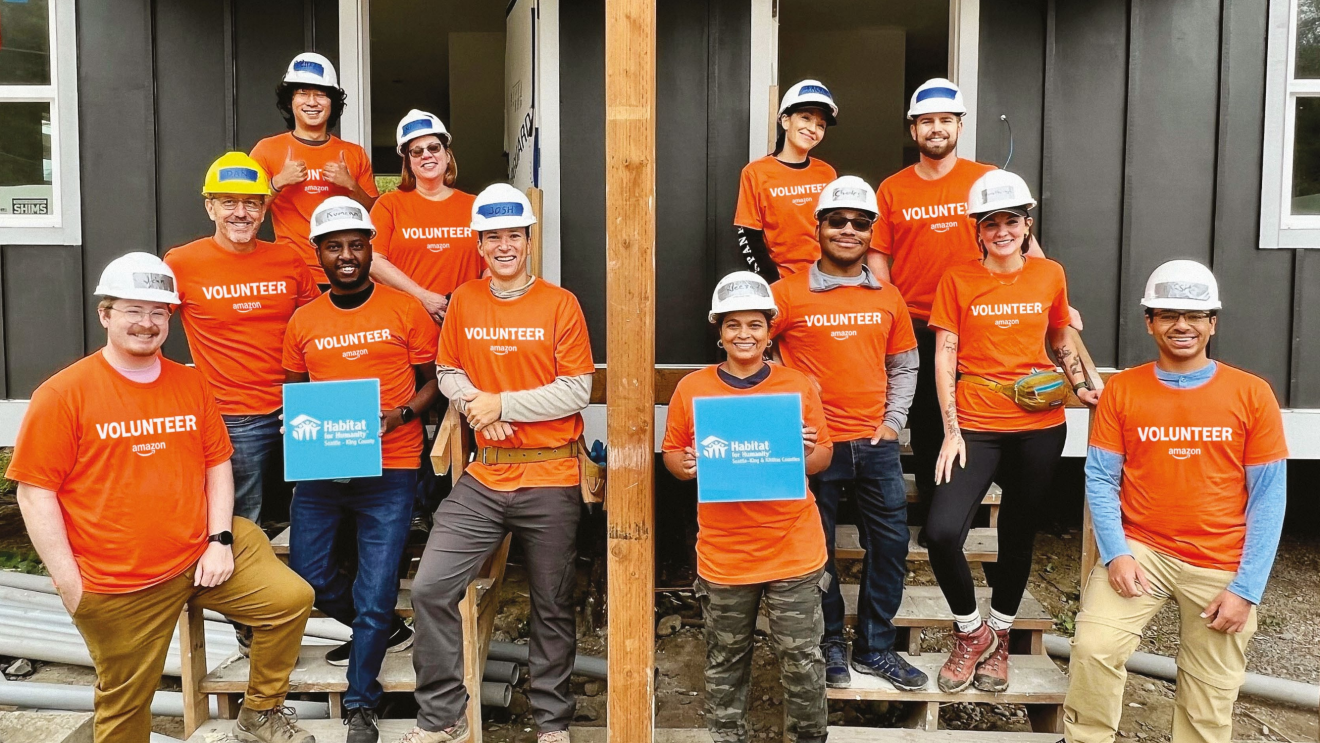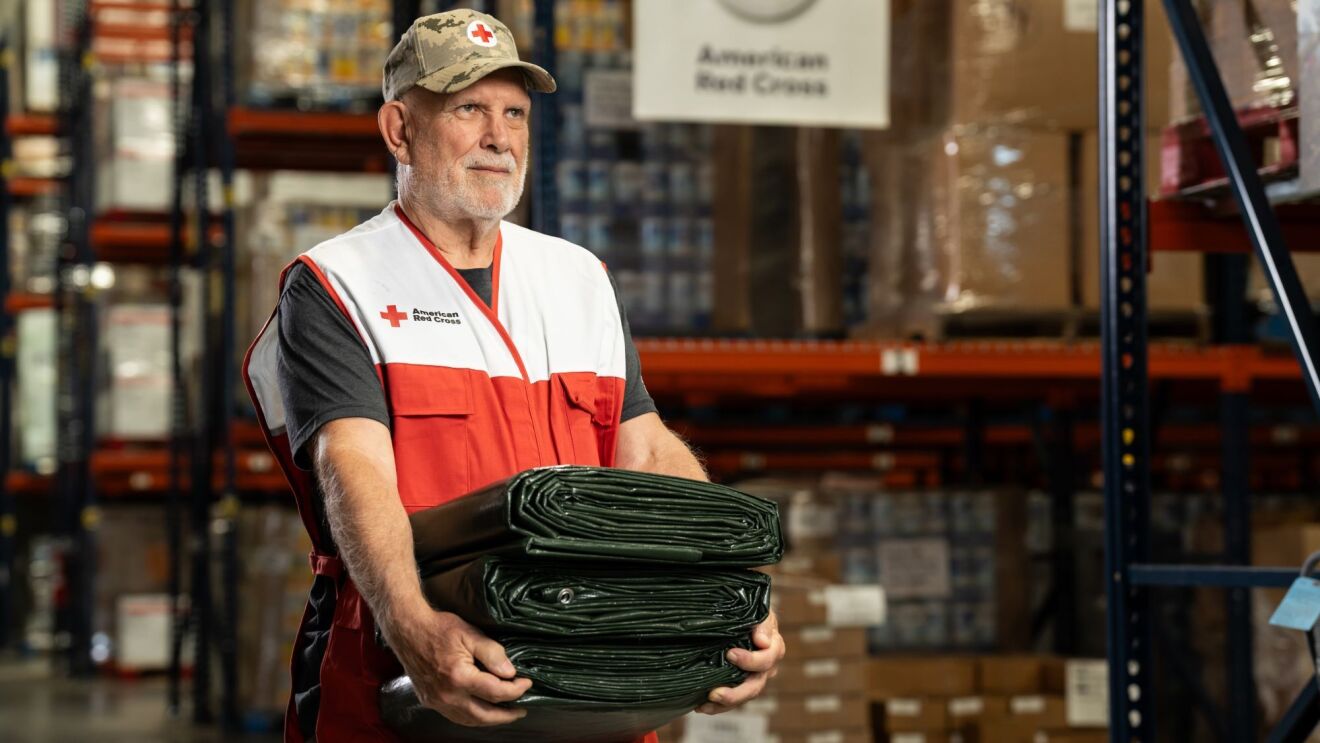First-period math starts with a review of ratios for an upcoming test. But 13-year-old Mario squirms in his seat, instead calculating the hours until lunchtime. He missed breakfast again, and his hunger is consuming his ability to concentrate. His single mom works hard to provide for him, but sometimes there’s just not enough food at home.
“It’s painful,” said Mario. “Because you have to go through your school work, and you have to wait three periods to go to lunch and eat, when you didn’t actually eat in the first place. It’s like the pain of hunger is eating at you.”

Hunger affects children in every community in America; as many as one child in every six. “We have plenty of food in the United States, and we have federal programs in place to feed every child that needs our help,” said Chuck Scofield, Executive Vice President of No Kid Hungry, a national campaign run by Share Our Strength, a nonprofit working to solve problems of hunger and poverty. “Yet still, children go hungry.”
Access to subsidized meals is often the issue. Amazon is working with No Kid Hungry to help ensure those programs reach every hungry child by removing barriers. “Often these meals are served before the bell, and not every child can get there in time,” said Scofield. Others experience stigma. They don’t want to be seen as “hungry” by their peers so they don’t accept the meal. One solution? To change the way breakfast is served.
“We’ve learned the most effective way to feed kids in the morning is to make breakfast part of the school day, just like lunch,” said Scofield. “When you serve breakfast in the classroom after the bell rings, the number of kids eating goes way, way up.”
Amazon’s investment means thousands of kids in 100 schools across the U.S. are starting their day with a healthy breakfast. And that’s just the beginning.
Alice Shobe, director of Amazon in the Community.
Amazon has awarded grants in 100 schools as part of its Rise & Smile breakfast project. The grants allow teachers and administrators to tailor their breakfast program so that every student can enjoy a healthy breakfast. It’s part of the company’s broader strategy to use its size, scale and logistics expertise to bring children the most important meal of the day.
“Amazon’s investment means thousands of kids in 100 schools across the U.S. are starting their day with a healthy breakfast. And that’s just the beginning,” said Alice Shobe, director of Amazon in the Community. “We are looking forward to working with No Kid Hungry to make more food available to the children who need it.”
No Kid Hungry points to studies that show the power of a healthy breakfast for kids from low-income families. “Test scores go up, attendance goes up, graduation rates go up,” said Scofield.
“We could tell the difference in his grades at the times when he wasn’t getting breakfast,” said Deborah Hall, a special education teacher from Maryland about one of her students. “When he got breakfast, his behavior changed. He didn’t have any breakfast at home. His mom wasn’t providing it, couldn’t provide it. It was so hard. My heart went out to him.”









